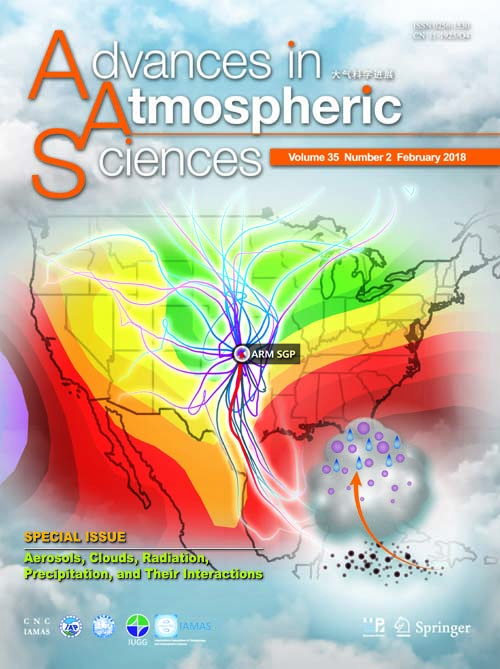
A special issue of the journal Advances in Atmospheric Science, hosted by the Institute of Atmospheric Physics of the Chinese Academy of Sciences provides new research on aerosol and cloud properties and their effects on radiation and precipitation.
The journal’s February issue features 11 articles that broadly examine this important topic, addressing one of the big mysteries still surrounding climate change despite years of inquiry: How do aerosols impact the climate?
"The treatment of aerosols, clouds, radiation, and precipitation in climate models has long been one of the largest sources of uncertainty in predicting any potential future climate changes," says Prof. DONG Xiquan from the University of Arizona and lead editor of the special issue. "Characterizing the effects of aerosols and clouds on energy and the hydrological cycle and understanding the interactions among aerosols, clouds, radiation, and precipitation, are critical for weather forecasting and climate models."
This special issue presents findings from studies that span seasons and continents, including areas previously ignored like the Bay of Bengal and the Pearl River Delta Region of China. Farther north in Shouxian, researchers used the most comprehensive measurements of atmospheric, surface, aerosol, and cloud variables collected in China to study aerosol–cloud interactions, which have not been closely examined in the country despite its abundance of pollutant and natural aerosols.
To further close the knowledge gap, additional studies focus on cloud-base height in China and the growth of fine aerosol particles at a site near Beijing in summer. This season is also the setting in a study from tropical Africa, where the direct and indirect effects of aerosols are investigated using a regional climate model. With global climate models playing such a vital role in predicting climate change, one group of researchers looks to improve the model’s accuracy for future use.
Other work provides evidence that there are similarities and differences between how aerosols impact clouds over the ocean and land, and that satellites are a reliable detector of aerosol trends over land, where the aerosol and surface characteristics are more complicated and few studies have been carried out using satellites.
And while there’s no lack of attention given to the effects of aerosols on single cloud types, much less attention is paid to their effects on cloud ensembles, which one paper examines in a unique modeling study conducted in the US Southern Great Plains.

The cover of the special issue on aerosols, clouds, radiation, precipitation, and their interactions. (Image by Advances in Atmospheric Sciences)

86-10-68597521 (day)
86-10-68597289 (night)

86-10-68511095 (day)
86-10-68512458 (night)

cas_en@cas.cn

52 Sanlihe Rd., Xicheng District,
Beijing, China (100864)

